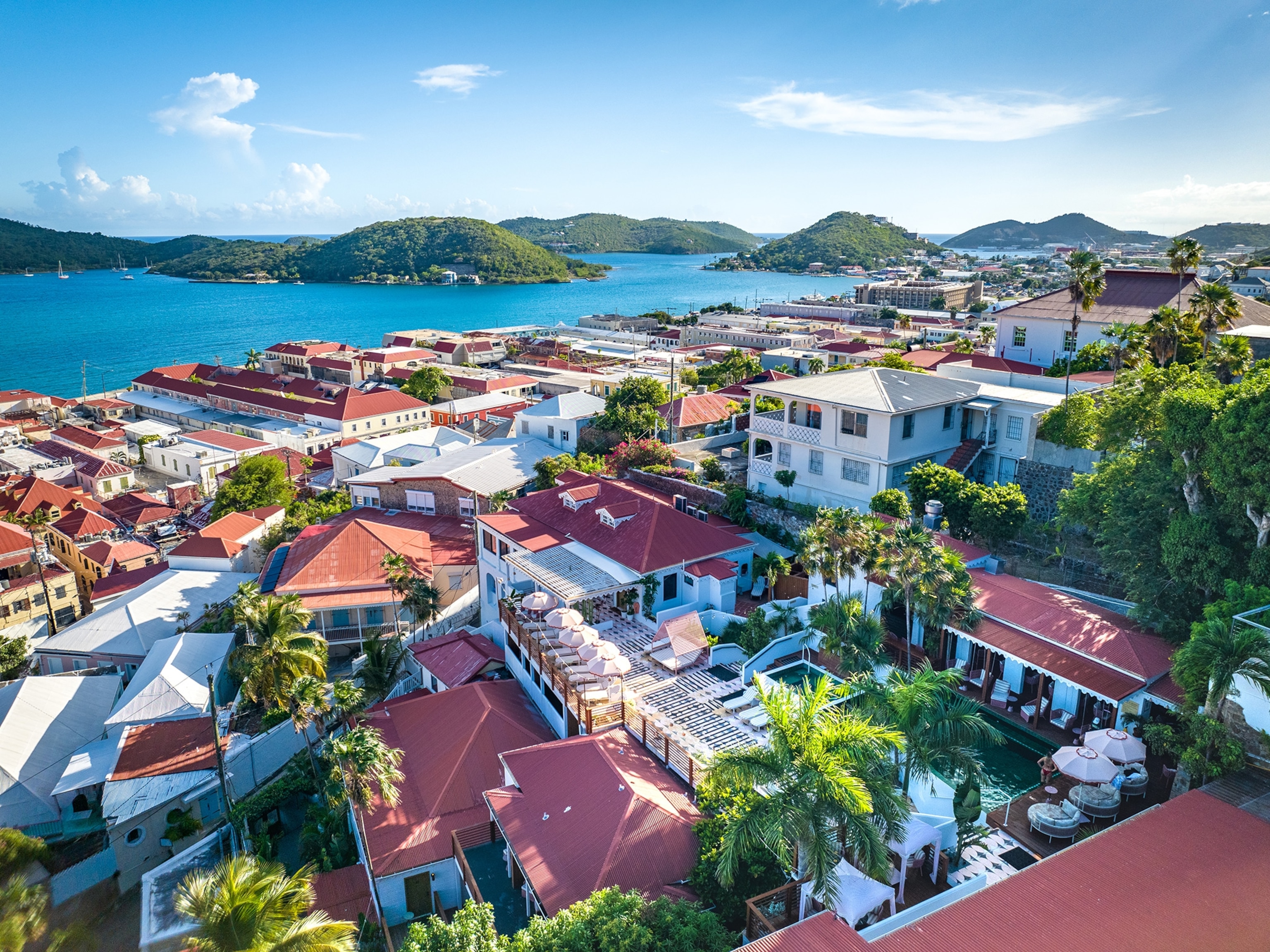
Italy: Cinque Terre
99 Coastal Destinations Rated
(Score: 76) The cluster of seaside villages known as Cinque Terre—Five Lands—burst onto the travel scene a decade ago to become one of the most visited attractions in Italy. Travelers might reasonably expect choking traffic and tawdry souvenir shops, but “the Cinque Terre still look like Italy did a hundred years ago,” says sustainable-development authority Ed McMahon. “The towns are as beautiful, if not more beautiful, than anywhere along the Mediterranean Sea.”
What happened? How did these towns defy the conventional wisdom that popularity inevitably dilutes the appeal of a destination? The answer lies in a mix of geography—the steep, rocky coast that the towns perch on has afforded them a natural seclusion from the rest of the mainland—and savvy development.
Only two narrow, cliff-hugging roads lead to the coastal villages, which limits access—a feature that locals have chosen to keep. Most visitors arrive by train or boat, or on foot along hiking trails, which reward walkers with views of vineyards, terraced farms, and seascapes. The villages feel like a pedestrian Shangri-la, free of the perils, fumes, and honks that accompany car traffic.
Recognizing and capitalizing on this natural advantage, the communities have carefully safeguarded the qualities that make them special. Zoning regulations are clear and enforced: No large-scale or modern-looking developments are permitted. Checking into a hotel or dining out often means meeting a local family. And while tourism pays the bills for most residents, you still see fishermen mending their nets and farmers tending their fields.
“The Cinque Terre are more than just one of the treasures of Europe,” McMahon says. “They’re a great example of sustainable-tourism management for the whole world.”
Supporting evidence: In 1997 the area was designated a World Heritage site. In 1998, the coastline was named a protected marine reserve. And in 1999 the whole area was declared a national park. Fees visitors pay to hike a number of the trails and enjoy the more popular beaches help maintain the park and villages.
That still leaves a knotty problem—the summer months bring hordes of visitors. “There are so many people in the village of Vernazza, you can hardly move,” rues sustainable-tourism consultant Julianna Priskin, who is based in nearby Switzerland. “Even the trails are overcrowded.” Her suggestion to local officials: Extend the territory of Cinque Terre to include nearby towns with similar charm, such as Lerici and Portovenere.
McMahon goes further, advocating daily limits on the number of visitors from June through August. This has worked well for national parks, he notes. Most folks would gladly accept that inconvenience for the chance to better enjoy this coast’s many pleasures: swimming, lingering in the piazzas, drinking wine made from local grapes, exploring hiking trails through the mountains, and getting to know families who have lived here for centuries.
“What’s unique about this place,” says McMahon, “is that each town has its own personality—and that you can go from one to the next independent of cars and tour buses. The villages of Cinque Terre offer us the chance to experience extraordinary journeys as well as authentic destinations.”
From the November-December 2010 issue of National Geographic Traveler
Go Further
Animals
- Orangutan seen using plants to heal wound for first timeOrangutan seen using plants to heal wound for first time
- What La Palma's 'lava tubes' tell us about life on other planetsWhat La Palma's 'lava tubes' tell us about life on other planets
- This fungus turns cicadas into zombies who procreate—then dieThis fungus turns cicadas into zombies who procreate—then die
- How can we protect grizzlies from their biggest threat—trains?How can we protect grizzlies from their biggest threat—trains?
- This ‘saber-toothed’ salmon wasn’t quite what we thoughtThis ‘saber-toothed’ salmon wasn’t quite what we thought
Environment
- What La Palma's 'lava tubes' tell us about life on other planetsWhat La Palma's 'lava tubes' tell us about life on other planets
- How fungi form ‘fairy rings’ and inspire superstitionsHow fungi form ‘fairy rings’ and inspire superstitions
- Your favorite foods may not taste the same in the future. Here's why.Your favorite foods may not taste the same in the future. Here's why.
- Are the Great Lakes the key to solving America’s emissions conundrum?Are the Great Lakes the key to solving America’s emissions conundrum?
- The world’s historic sites face climate change. Can Petra lead the way?The world’s historic sites face climate change. Can Petra lead the way?
History & Culture
- Meet the ruthless king who unified the Kingdom of Hawai'iMeet the ruthless king who unified the Kingdom of Hawai'i
- Hawaii's Lei Day is about so much more than flowersHawaii's Lei Day is about so much more than flowers
- When treasure hunters find artifacts, who gets to keep them?When treasure hunters find artifacts, who gets to keep them?
Science
- Why ovaries are so crucial to women’s health and longevityWhy ovaries are so crucial to women’s health and longevity
- Orangutan seen using plants to heal wound for first timeOrangutan seen using plants to heal wound for first time
- Should you be concerned about bird flu in your milk?Should you be concerned about bird flu in your milk?
Travel
- On this Croatian peninsula, traditions are securing locals' futuresOn this Croatian peninsula, traditions are securing locals' futures
- Are Italy's 'problem bears' a danger to travellers?Are Italy's 'problem bears' a danger to travellers?
- How to navigate Nantes’ arts and culture scene
- Paid Content
How to navigate Nantes’ arts and culture scene




